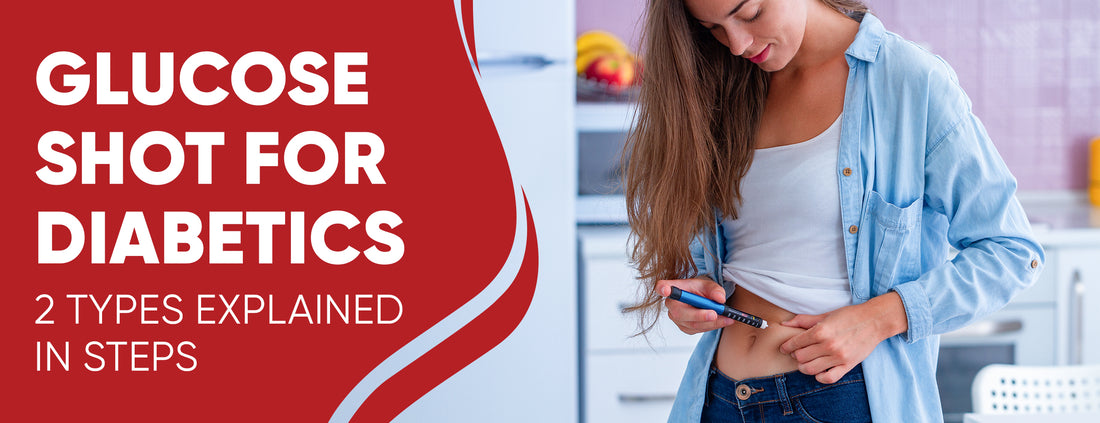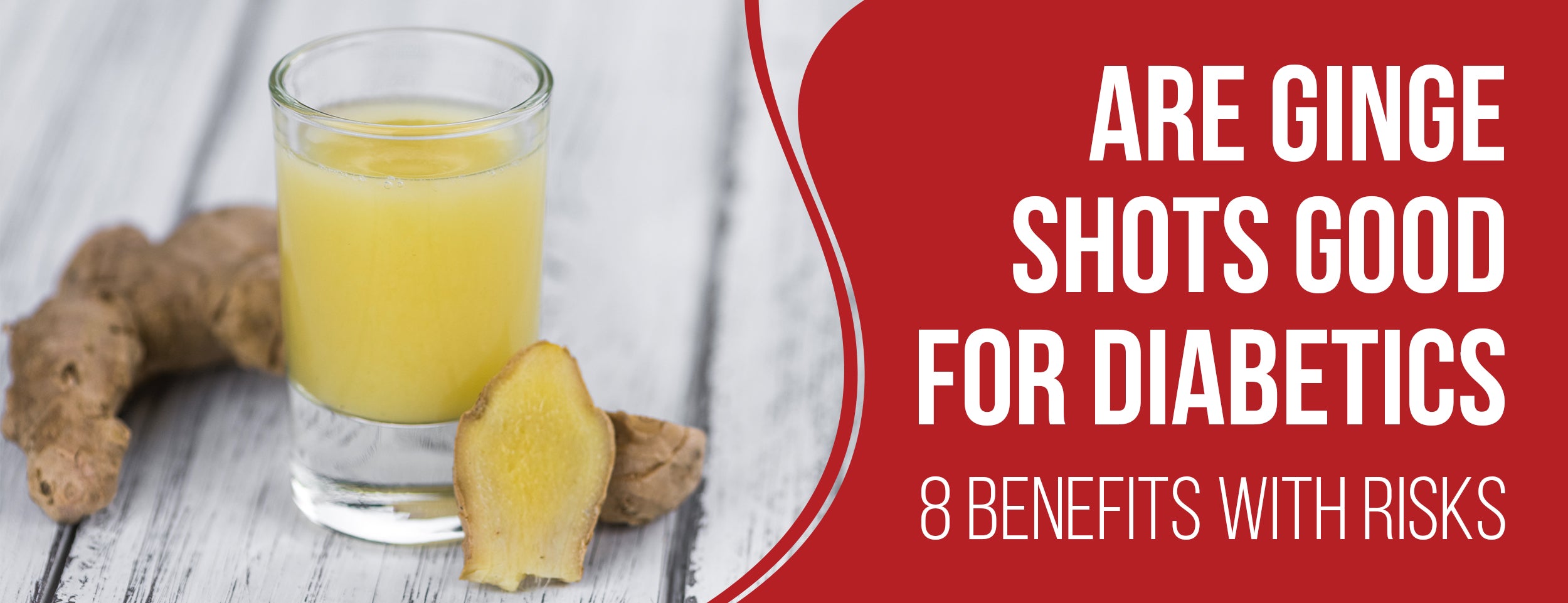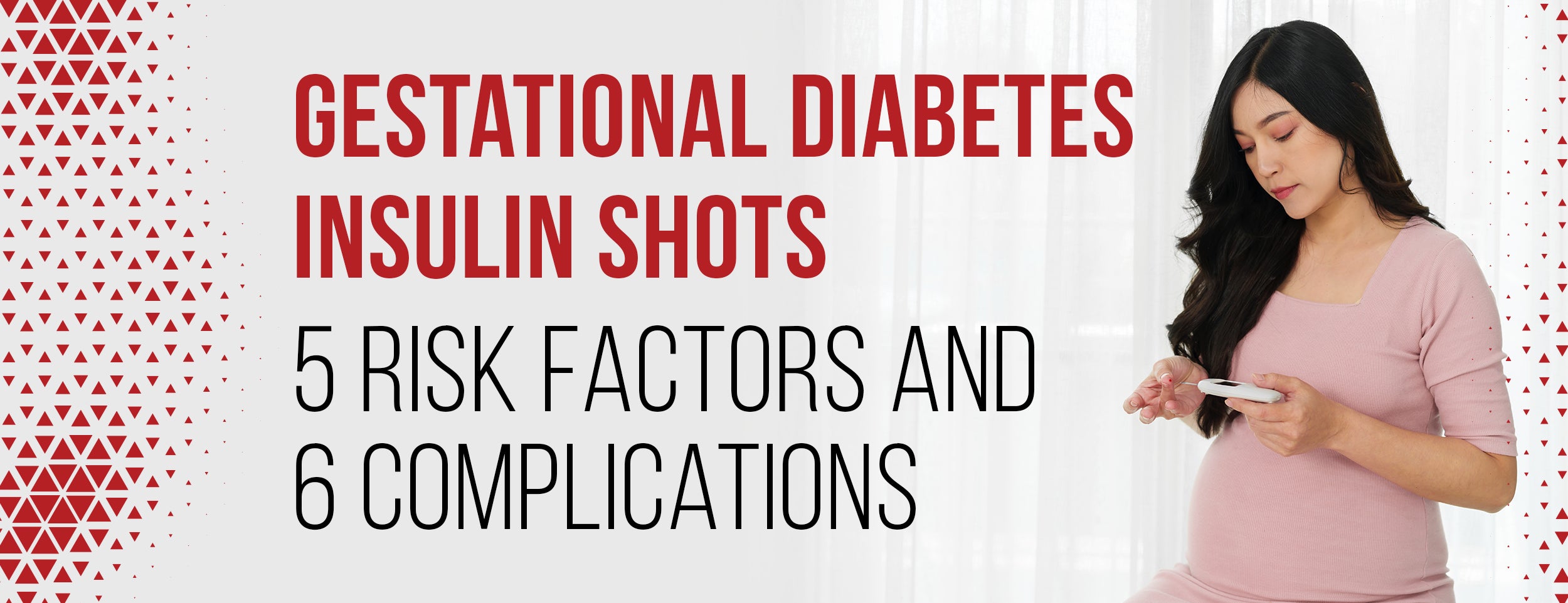Glagon, a hormone that increases blood glucose levels, is used to treat severe diabetes. It can be administered as a nasal spray or injection. If you manage diabetes with a glucose pill or insulin, keeping a glucose kit handy for emergencies is wise.
One of the critical aspects of managing diabetes is having an understanding of how glucose shots work. For those new to the concept, glucose shots are a quick way to raise blood sugar levels when they drop too low, a common occurrence for those with diabetes.
In this article, we will look at the different types of glucose shots, how they work, the factors that affect their efficiency, and how to optimize their effectiveness.
Glucose Shot for Diabetics: 2 Types
To effectively manage diabetes, understanding different types of glucose shots is crucial. These shots are vital for regulating blood sugar levels. We'll explore two types: Oral Glucose Shots and Intravenous Glucose Shots. Discover the specifics of each type, including how they work, duration of action, and recommended dosage and administration guidelines.
Oral Glucose Shots

Oral glucose shots are medications that can be taken by mouth. They work by increasing the amount of glucose in your bloodstream, which can help to regulate blood sugar levels. Here's what you need to know about oral glucose shots:
How it Works
- Absorption and Transport of Glucose in the Body: Oral glucose shots are absorbed through the digestive system and transported to the liver, where they are converted into glucose.
- Regulation of Blood Sugar Levels: The glucose is then released into the bloodstream, where it can help regulate blood sugar levels.
Time Frame of Action
- Onset Time: Oral glucose shots typically work within 15-30 minutes of being taken.
- Duration of Effect: Oral glucose shots can last 1-2 hours.
Recommended Dosage and Administration
- Appropriate Amount to Take: The appropriate amount of oral glucose shot will depend on your individual needs and should be determined by a healthcare professional.
- Proper Timing: Oral glucose shots should be taken before a meal or snack.

Intravenous Glucose Shots
Intravenous glucose shots, also known as IV glucose, are a form of medication that is delivered directly into your bloodstream. They work more quickly than oral glucose shots and are often used in emergencies. You should know the following about intravenous glucose shots:
How it Works
- Infusion of Glucose Directly Into the Bloodstream: Intravenous glucose shots are infused directly into your bloodstream through a vein.
- Glucose Uptake and Transport: This results in a rapid uptake and transport of glucose to your cells, which can be used for energy.
Time Frame of Action
- Onset Time: Intravenous glucose shots typically work within minutes of being administered.
- Duration of Effect: The effects of intravenous glucose shots can last several hours.
Recommended Dosage and Administration
- Appropriate Amount to Infuse: The appropriate amount of intravenous glucose you require depends on your needs.
- Monitoring Blood Glucose Levels: It's essential to monitor your blood glucose levels closely when receiving intravenous glucose shots to ensure that your levels do not become too high.
Diabetic Glucose Shots: Factors Influencing the Effectiveness
A crucial part of managing diabetes is understanding how various factors impact glucose shot performance. We'll explore the factors affecting a diabetic's effectiveness with glucose shots.
Type of Diabetes
Type 1 Diabetes

- Impact on Glucose Shots: Individuals with Type 1 diabetes often require external insulin because their bodies do not produce it naturally. Glucose shots may be more critical in managing low blood sugar episodes for these individuals.
Type 2 Diabetes
- Impact on Glucose Shots: Glucose shots may be used less frequently by individuals with Type 2 diabetes, especially if they manage their condition through lifestyle changes, oral medications, or non-insulin injectables. They can still be essential for severe hypoglycemia.
Blood Glucose Levels
Hypoglycemia
- Impact on Glucose Shots: A glucose shot is usually used to treat hypoglycemia effectively. They provide a rapid source of glucose to elevate blood sugar levels quickly and alleviate symptoms.
Hyperglycemia
- Impact on Glucose Shots: Blood glucose levels are usually not treated with glucose shots. Instead, managing hyperglycemia often involves adjusting insulin doses and medications and making dietary changes.
Insulin Sensitivity
Insulin Resistance
- Impact on Glucose Shots: Insulin-resistant individuals may not have the same rapid response to glucose shots as those with normal insulin sensitivity. Higher doses of glucose or other interventions may be needed to raise blood sugar effectively.
Insulin Deficiency
- Impact on Glucose Shots: Those with insulin deficiency often experience more frequent and severe hypoglycemia episodes and rely heavily on glucose shots to counteract low blood sugar effectively.

Diabetic Glucose Shots: 4 Effective Tips
When managing diabetes, using glucose shots efficiently is a critical skill. These tips can help you get the most out of glucose shots, ensuring you can effectively address low blood sugar episodes. Let's explore the key strategies to optimize the efficiency of glucose shots for diabetics.
Proper Timing and Dosage
- Timing: Take glucose shots when your blood sugar level falls below your target range or during physical activity and exercise.
- Dosage: Always follow the dosage prescribed by your healthcare provider based on your needs and insulin sensitivity.
Consistent Monitoring of Blood Glucose Levels
- Regularly monitor your blood sugar levels using a glucose meter to determine when to take a glucose shot.
- Take note of any patterns or changes in blood glucose levels, and adjust your treatment plan accordingly with your healthcare provider.
Understanding of Personal Insulin Sensitivity
- The dosage of glucose shots should be adjusted according to your insulin sensitivity, which a healthcare professional can evaluate.
- Understanding your insulin sensitivity can help you adjust the timing and dosage of glucose shots to optimize their effectiveness and avoid the risk of hypoglycemia.
Regular Medical Check-ups

- Regular medical check-ups are essential to assess your overall health and diabetes management.
- Schedule regular appointments with your healthcare provider to review your glucose shot treatment plan and make adjustments as needed.
Conclusion
Glucose shots for diabetics are a vital aspect of diabetes management, providing a quick and effective solution to maintaining proper blood glucose levels whether oral or intravenous, glucose shots deliver glucose to the body and prevent complications associated with either hypoglycemia or hyperglycemia.
By understanding the different types, factors affecting efficiency, and optimization tips, individuals with diabetes can rely on glucose shots to improve their overall health and well-being in the long run.











